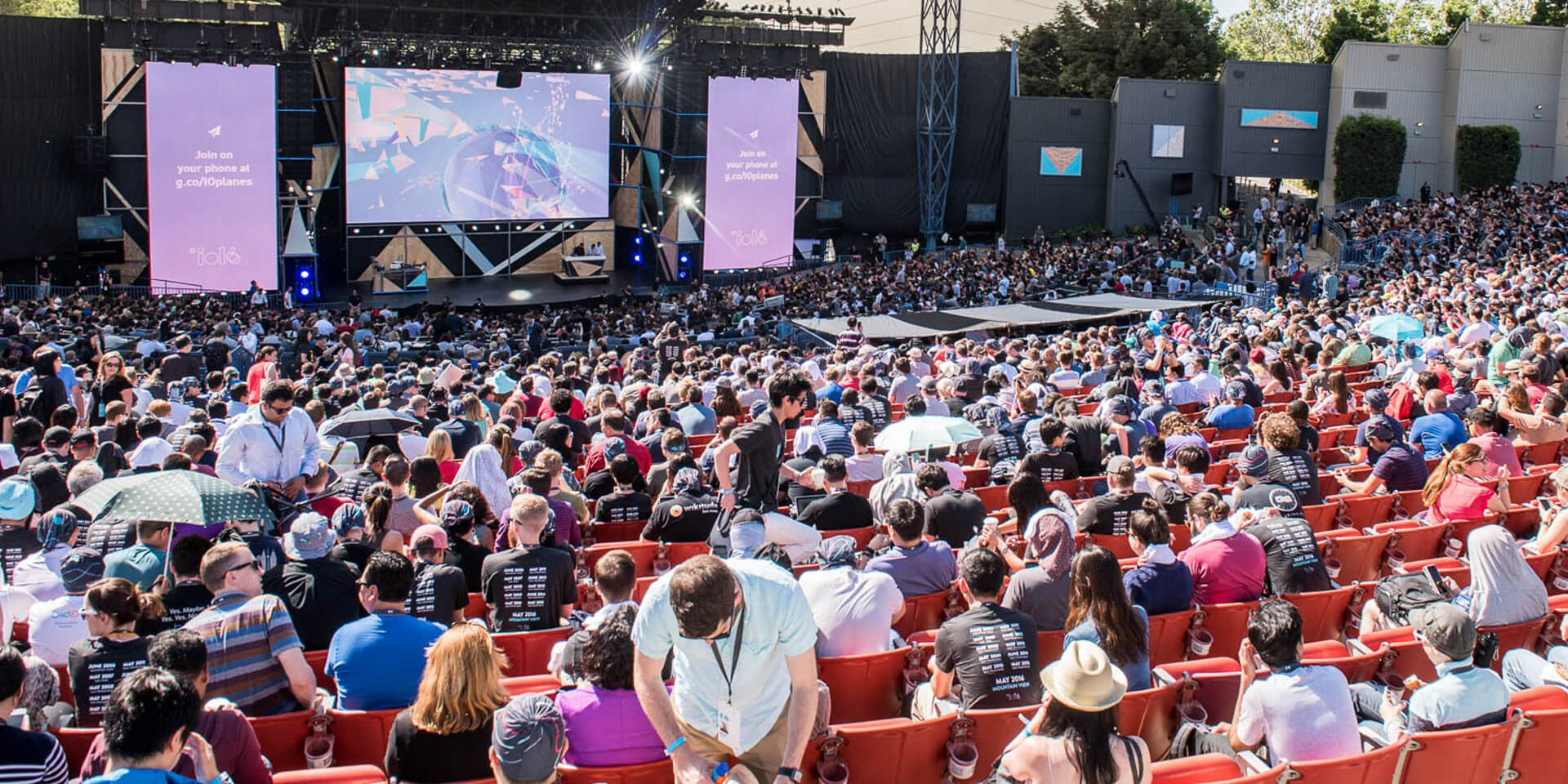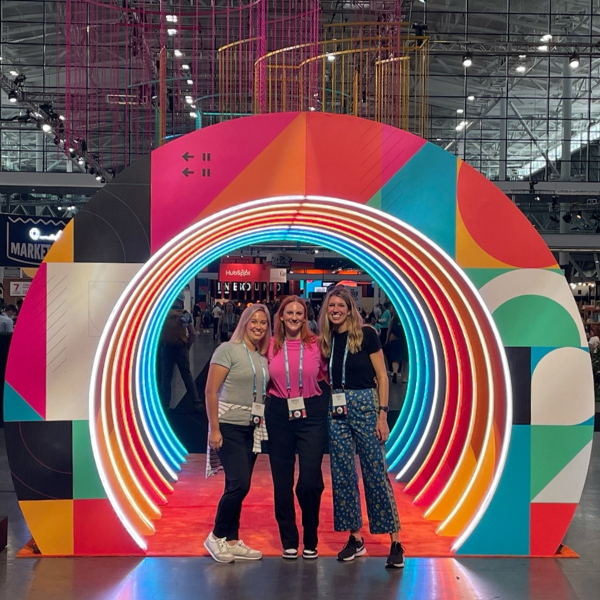I don’t think I will offend anyone here (except maybe our future overlords), but I find computers to be idiots. They just sit forgotten on a table or shelf all day until you decide to power one up, at which point it looks you in the eye and says, “Here I am, and these are the things I can do for you.” Your computer has never tried to figure you out, at least not very effectively. Well, that’s all about to change.
At last year’s Google IO, Google presented many new technologies that moved toward a more integrated world. Newfangled ideas like Android Wear and Google Photos were interesting, but nothing that could be easily integrated into people’s lives. As far as the typical consumer was concerned, these new technologies were just another thing to be learned and incorporated into our already distracted lifestyles. Adding a new app to your personal lineup is energy consuming, and unless you are really gung ho about using the latest tech, you will likely be slow to adapt.
So what’s a tech company to do? For Google, it seems the solution is creating technology that is no longer learned by people, but rather, learns from people. The idea is that the lazier I am, the more dependent on the technology I become. As a result, the shiny new product becomes successful. Once the parents of our technology, we have become elderly, dependent on it for our care. Our technology has reached its 30s, and can now start paying us back for all those years we spent putting a roof over its head.
One such new learning technology, as we’ll call it, is Google Assistant. Google Assistant will be a personal AI that conforms to who you are and integrates itself into daily activities such as writing messages to friends and reminding you to pick up your dry-cleaning. With a messaging application called Allo, Google Assistant is integrated directly into your chat and, based on the content of your conversation, can recommend restaurants, movie times, and even responses to whomever you are speaking. It seems to me that Google Assistant acts like your little brother who keeps telling you what to do while playing Legend of Zelda.
Him: “Check that corner!”
Me: “I already checked.”
Him: “Kill that spider!”
Me: “That’s what I’m doing.”
Him: “Throw a bomb at it.”
Me: “Stop talking!”
Him: “THROW A BOMB!”
You get the idea. I’m sure that just like little brothers, Google doesn’t intend to be annoying; you’ll just have to spend some quality time together before you can really connect. Allo is set to come out sometime in the next year, so only time will tell how that friendship will develop.
As if that weren’t enough for us to think about, Google’s AI is only one aspect of a full-fledged drive towards the seamless integration of the digital and physical spheres. In fact, perhaps the most important upgrade announced at this year’s Google IO is the Instant App. Instant App is an update for Android operating systems dating all the way back to Android’s Jellybean OS. The new feature will allow users to get access to only the necessary parts of a software without the need to download the whole application. For instance, if you were hoping to visit Buzzfeed and watch one of their videos, you would either have to download the Buzzfeed application or navigate to the Buzzfeed mobile website. If you’re anything like me, you’ll quickly find that a mobile website is hard-pressed to compete with an application that is specifically designed for mobile devices. As such, the app should be the obvious choice, but other factors such as efficiency, security, and lack of storage push users to choose the mobile site instead of the app.
Instant App entirely changes the game. By breaking up apps into smaller components, clicking a video on the Buzzfeed website will summon only the video portion of the Buzzfeed application. No download required. This feature extends for all types of functionality, whether it’s playing videos, making reservations, or making a payment through an app with Android Pay.
This is brilliant in terms of user experience, but even better from a marketing perspective. By giving access to a modularized version of the app without having to go through an entire download, the process of converting visitors to promoters has become as easy as a single press of the finger. The feature serves as a trial version of an application served up any time a person requests content.
Arguably more important than its marketing benefits, though, are the pivotal changes that Instant App brings to the smartphone user experience. The feature effectively eliminates a decision for the user, putting us, once again, one step closer to the seamless integration of technology into our daily lives. If you want to see the whole Google IO conference, follow this link to the Keynote address.






